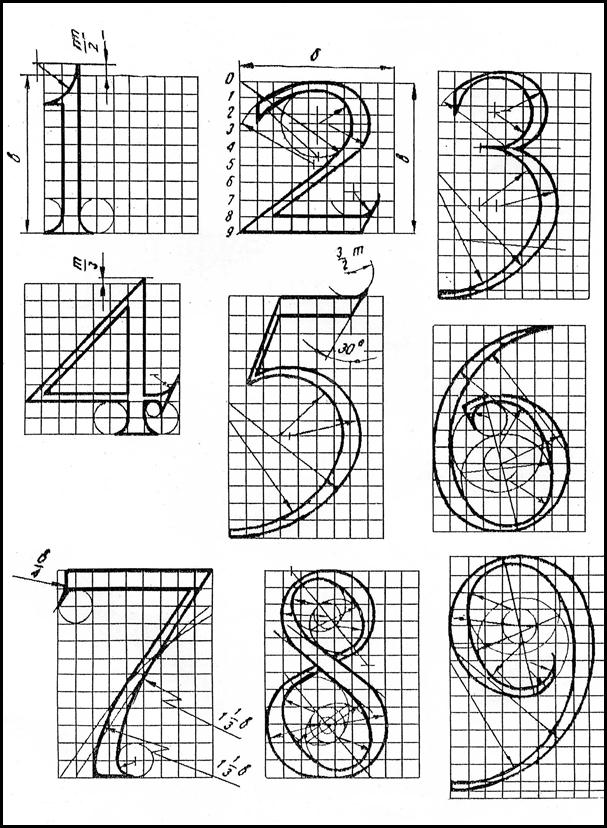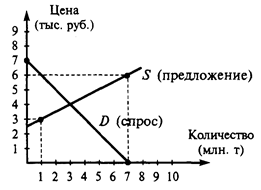Elevator
Elevator is also called Lift, car that moves in a vertical shaft to carry passengers or freight between the levels of a multistory building. The practice of lifting loads by mechanical means during building operations goes back at least to Roman times; the Roman architect-engineer Vitruvius in the 1st century BC described lifting platforms that used pulleys and capstans, operated by human, animal, or water power. Steam power was applied to such devices in England by 1800, in the early 19th century a hydraulic lift was introduced. Pressure was applied to the fluid in the cylinder by a steam pump. Later a combination of sheaves was used to multiply the car's motion. All these devices employed counterweights to balance the weight of the car, requiring only enough power to raise the load. Prior to the mid-1850s, these principles were primarily applied to freight hoists. The poor reliability of the ropes used at that time made such lifting platforms unsatisfactory for passenger use. When an American, Elisha Graves Otis, introduced a safety device in 1853, he made the passenger elevator possible. The first passenger elevator was put into service in the Haughwout Department Store in New York City in 1857; driven by steam power, it climbed five stories in less than a minute and was a pronounced success. Improved versions of the steam-driven elevator appeared in the next three decades, but no significant advance took place until the introduction of the electric motor for elevator operation in the mid-1880s and the first commercial installation of an electric passenger elevator in 1889. This installation, in the Demarest Building in New York City, utilized an electric motor to drive a winding drum in the building's basement. The introduction of electricity led to two further advances: in 1894 push-button controls were introduced, and in 1895 a hoisting apparatus was demonstrated in England.In 1904 a “gearless” feature was added by attaching the drive sheave directly to the armature of the electric motor, making speed virtually unlimited. With the safety, speed, and height problems overcome, attention was turned to convenience and economy. In 1915 so-called automatic levelling was introduced in the form of automatic controls at each floor.Power control of doors was added. With increased building heights, elevator speeds increased to 1,200 feet (365 metres) per minute in such express installations as those for the upper levels of the Empire State Building (1931) and reached 1,800 feet (549 metres) per minute in the John Hancock Center, Chicago, in 1970. By 1950 automatic group-supervisory systems were in service, eliminating the need for elevator operators and starters. An early attempt to minimize the sacrifice of space in elevator installations in tall buildings was the basis of the idea of the double-deck elevator, first tried in 1932. Each elevator consisted of two cars, one mounted above the other and operating as a unit, serving two floors at each stop. The technique is being increasingly adopted. Modern elevators are made in a variety of types for many purposes; in addition to ordinary freight and passenger operations they are used in ships, dams, and such specialized structures as rocket launchers. Heavy-lift, rapid-descent elevators are employed in high-rise construction operations. Practically all are electrically propelled, either by cables, by a winding-drum mechanism, or by an electro-hydraulic combination. Multiple cables (three or more) increase the safety factor; cable failure is rare.
Essential vocabulary:
II. a) Find the English equivalents of the following phrases in the text:
|




